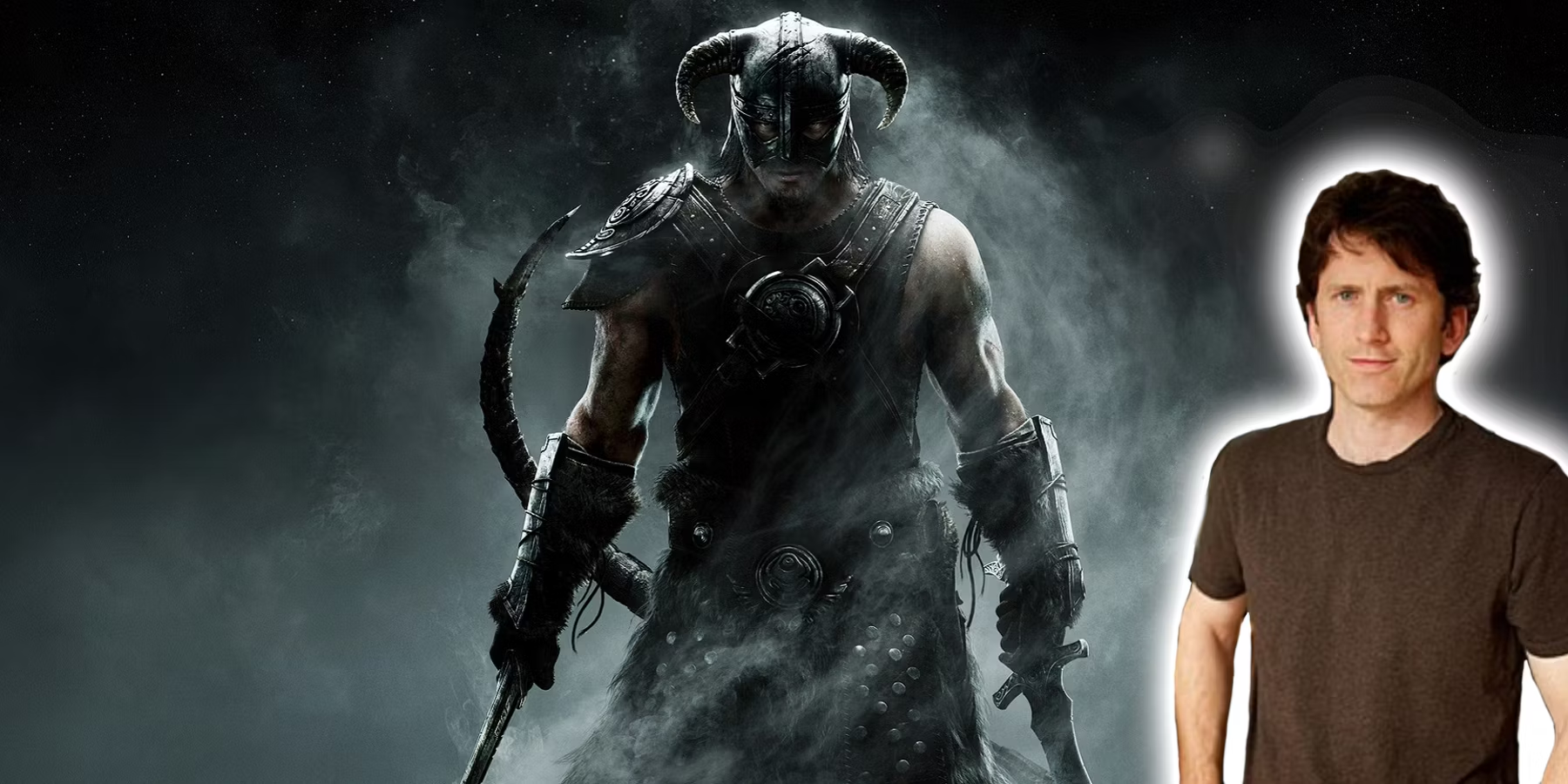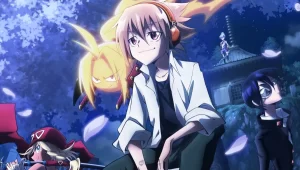Despite featuring a lesbian protagonist, some of us wonder if The Last of Us Part II is really supportive of LGBTQ+ identities. Naughty Dog has been clear about Ellie’s sexuality since the first game. They’ve even made it an important component in The Last of Us Part II.
However, there’s been some discussion on whether this support is genuine. From marketing strategies to in-game details, Naughty Dog has made some moves that make us question their motives. While the issues raised in this article may be accidental, it is important to remain critical of companies.
Note: This article features some light spoilers. This is your last spoiler warning.
During E3 2018, The Last of Us Part II showed this gameplay trailer. The first three minutes of the trailer show Ellie at a party (that we now know takes place in Jackson). She watches people dance as Jesse, a secondary character, approaches her. They talk while Ellie watches Dina, Jesse’s ex-girlfriend, dance.
Eventually, Dina walks over, pulls Ellie away from the conversation, and slowly dances with her. As they dance, the interaction between them is playful. Dina teases Ellie and Ellie teases back. The unspoken nature of their relationship is obvious to the audience, if not yet obvious to Ellie. The scene comes to a close with Dina kissing Ellie.
From this moment, we were aware of the nature of Dina and Ellie’s relationship. It was evident that the game would feature their relationship, but it was unclear was how much of their relationship would appear in the game. Would the game portray a real LGBTQ+ relationship, or would it be a passing statement about Ellie?
Ellie and Dina’s Relationship
Though the trailer left us wondering how much of their relationship would be featured in the game, we now know that it is a major part of the storyline. Their relationship is brand new at the start of the game and the audience is given a front-row seat as it evolves. We learn about their lives, their families, their aspirations, and even hear them pass jokes back and forth.
Those who were worried that Ellie’s sexuality would be performative, are shown otherwise. Nothing about Ellie and Dina’s relationship is overtly sexual (commonly an issue in LGBTQ+ representation). The conversations they have feel genuine. The writing and acting in The Last of Us Part II does their relationship justice.
Accurately Depicting LGBTQ+ Experiences
Accurately illustrating the LGBTQ+ experience goes beyond Ellie and Dina’s relationship. The night Ellie and Dina kiss, a side character named Seth call Ellie a slur. Joel punches Seth in an attempt to defend Ellie. The following morning, Maria forces Ellie to talk to Seth. The exchange that follows is one LGTBQ+ individuals are all too familiar with.
Maria has Ellie listen to what Seth has to say, despite Ellie being clearly uncomfortable. Seth, who is carrying an apology sandwich, starts by saying “Look, last night…I was drinking too much.” a tactic that suggests he isn’t sorry, just trying to avoid blame. When Ellie’s response is less than satisfactory, Seth gets annoyed and says “I’m trying to say I’m sorry.” This apology is problematic because it places the onus on Ellie to forgive him.
This is a common experience among LGBTQ+ people when someone has said something offensive. In these instances, it is not an LGBTQ+ person’s responsibility to forgive. It is the responsibility of the offender to accept what they did was wrong and learn. Maria contributes by attempting to keep the peace while ignoring Ellie’s discomfort.
Imagery in The Last of Us Part II
There have been other subtle ways The Last of Us Part II has been supportive of LGBTQ+ identities. While walking through Seattle, after WLF captured Ellie, you will walk down a street sandwiched between a gas station and a bookstore. Looking up at the street lamps, you can see tattered Pride and Transgender Pride flags hanging from them. There’s also a crosswalk painted like a rainbow. The bookstore has a large Pride flag hanging on a wall.
Dina will ask Ellie “What’s with all the rainbows?” to which Ellie may reply that she’s unsure. This suggests that, despite being LGBTQ+ characters, they are unfamiliar with LGBTQ+ history.
Check out this YouTube video to see a clip from this moment in the game.
Hiring an LGBTQ+ Voice Actor
A final way The Last of Us Part II has supported LGBTQ+identities is through their hiring practices. Many people in the LGBTQ+ community feel if a character us in the LGBTQ+ community, an LGBTQ+ actor should portray them. As this article puts it: “there is value in having LGBT people, not just characters, on TV.” In this case, of course, we’re talking about video games.
It is important to create spaces for LGBTQ+ people in media, not just as characters. The Last of Us Part II, which features more than just a lesbian character (Ellie) and a presumably bisexual character (Dina), hired a transgender man to play their transgender character, Lev.
Lev is voiced by Ian Alexander, who came out as transgender in 2014. Lev’s character and the decision to hire Ian Alexander shows how The Last of Us Part II has attempted to support transgender identities both on-screen and in real life.
Questioning The Last of Us Part II‘s LGBTQ+ Support
Unfortunately, despite so many attempts to support the LGTBQ+ community, Naughty Dog falls short. It should be noted that this section isn’t an attempt to fully discredit Naughty Dog and the effort they’ve put in. It is meant to be honestly critical about LGBTQ+ representation in media. When companies, organizations, developers, and other large entities show support, that support is often voided because that support is or appears to be performative.
For example, YouTube currently has Pride imagery on their homepage. This seems nice and supportive on the surface until you look at YouTube’s history of demonetizing and censoring LGBTQ+ YouTubers. It is because of this that we must be critical of The Last of Us Part II to fully determine if their support is genuine.
Marketing Strategies
Let’s go back to the E3 2018 gameplay trailer. It was our first indication that there would be an LGBTQ+ relationship in the Last of Us Part II. It was a great and exciting moment for LGTBQ+ gamers. However, after E3, Naughty Dog seemed to fall into a pattern of queerbaiting in the game’s advertising.
Queerbaiting is a term that means a person or entity uses (or teases about) an LGBTQ+ relationship as a ploy to attract an audience. It is a marketing strategy. Sometimes LGBTQ+ relationships or characters are confirmed but usually aren’t. Queerbaiting is always performative and never in support of LGBTQ+ people. It is for financial gain.
The reason The Last of Us Part II treads close to queerbaiting is due to the fact that Ellie and Dina’s relationship has been a part of the game’s marketing since E3 2018. The back of the physical game’s case even shows an image of Ellie and Dina dancing.
Though their relationship is confirmed, using their relationship to market the game is problematic and takes away from Naughty Dog‘s allyship.
There is also concern over something called “Bury your gays.” This is a method many forms of media use where LGBTQ+ characters are denied happy endings due to the death of their partner. If a game, film, television show, or another form of media depicts an LGBTQ+ couple and kills one of the characters, they are guilty of “burying” the character. Death does not do the characters justice. It just adds to the rhetoric that LGBTQ+ characters can’t be happy.
Although, I’m not saying The Last of Us Part II does this.
Deadnaming Characters
One of the biggest contradictions to The Last of Us Part II‘s support is when they deadnamed Lev. Deadnaming occurs when a transgender person’s name they were given at birth is revealed without their explicit permission. Though some transgender people choose not to change their name when they transition, many do. Changing their name is pivotal for transgender individuals as they begin transitioning to their true gender.
Lev is deadnamed during a confrontation with a religious group, the Seraphites. Lev was kicked out of this group after coming out as transgender. Though the event was likely intended to illustrate how bigoted the Seraphites are, it instead shows the game’s writers don’t really understand how offensive deadnaming is. It also suggests that they did not refer to transgender voices when writing this character. One article sums up this issue well by stating: “Deadnaming characters and dramatizing their abuse isn’t ‘representation’, it’s bad writing.”
What Does This Mean for how the game treats LGBTQ+ Identities?
Ultimately, these issues suggest that The Last of Us Part II is not as supportive of LGBTQ+ identities as they could be. Ellie and Dina’s relationship is great. Including a transgender character (who is portrayed by a transgender actor) is a step forward in gaming. I will not deny that this game has been groundbreaking in its use of LGBTQ+ representation. However, I also maintain the idea that companies must remain supportive in all forms of allyship. Regardless of their strides forward, companies are not exempt from criticism when they are being performative.
Let Us Know What You Think
Is The Last of Us Part II supportive of LGBTQ+ identities? Are they doing enough? Or is this all performative? Let us know what you think down in the comments or on Twitter @thecognetwork.













